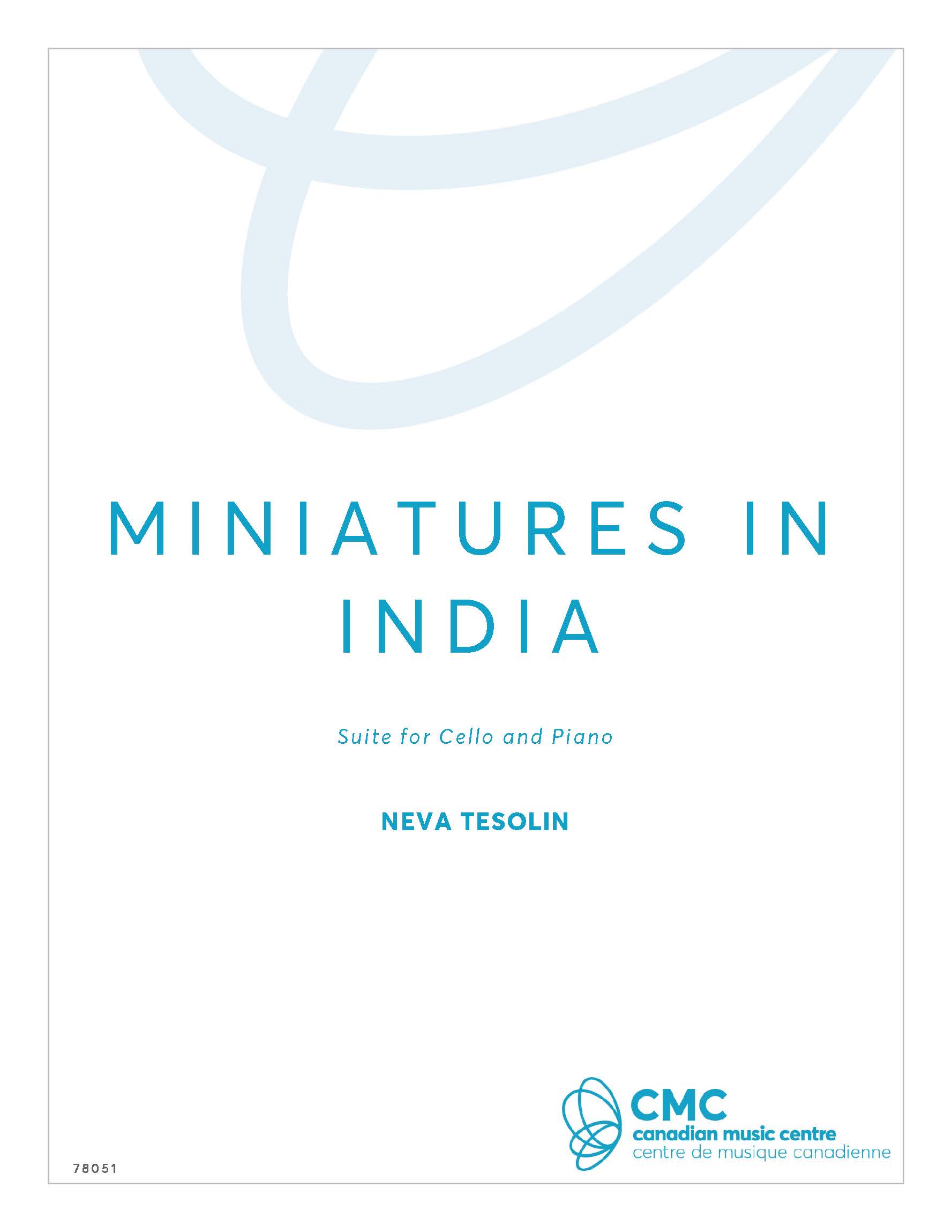Composer’s Notes ‘Miniatures in India’ evolved from the talas and ragas that I learned at Vijnana Kala Vedi Cultural Centre in Aranmula, Kerala, South India. I arrived in the village during a pilgrimage. I was warned to cross the street carefully and quickly, for above my head, the streets were lined with strings of explosives that exploded without warning. Each explosion symbolized a personal prayer. In remembrance of this tradition, the suite begins with ‘Prayers Ignite.’ During a ten day festival, music was broadcast from dawn to dusk, through the village streets, from the temple celebrations. Incense and oil lamps were sold from the stalls in front of the Ganesh Temple. The second movement, ‘Temple Incense,’ is loosely based on the Bimplas raga and was influenced by many ceremonies involving music, dance, powder paintings, and the lighting of oil lamps and incense. The Pamba River ( front cover) is a holy river that flows through the village of Aranmula. People and elephants take the path to the water to wash. At night it was very still. In the classical, karnatic vocal tradition of southern India, musicians always begin and end their devotional music with three notes: sa, pa, sa. The last movement, ‘The River Pamba,’ uses this tradition as well, and the 15th raga, Maya Malava Gowla. Neva Tesolin

